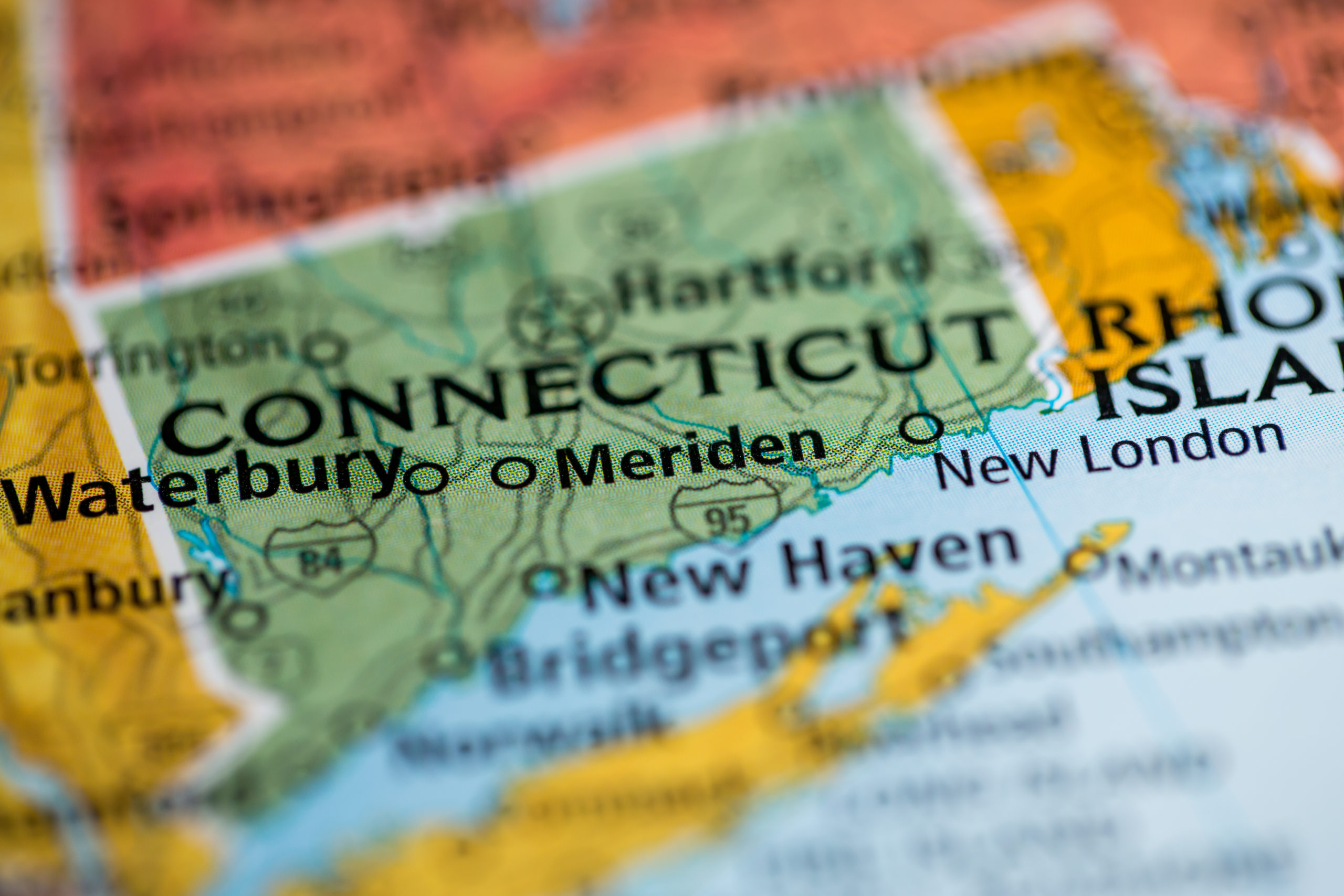This piece was originally published by Yankee Institute for Public Policy.
Contrary to the national trend of declining union membership, Connecticut stands out with a notable increase in membership, reaching a three-year high in the state.
The Bureau of Labor Statistics reported on Tuesday (Jan. 23) that 10%, or 14.14 million workers, were union members in 2023, marking a slight decrease from 10.1% recorded in 2022. Conversely, UnionStats.com reveals a positive trend in Connecticut, where union membership rose from 14.6 % in 2021, 14.2% in 2022, to a notable 16.6% in 2023.
The increase is attributed to the public sector where the rate climbed from 58.2% in 2022 — the third highest in the country — to 67.1% in 2023. Because of the gains, Connecticut surpassed others — now ranking them first — for the largest percentage increase in the public sector followed by New York (63.5%) and New Jersey (58.2%). On the flip side, South Carolina and North Carolina boast the lowest percentage of unionized public employees with 6.9% and 9.5%, respectively.
To a lesser extent, the private sector saw an increase with 7.1% of the workforce belonging to a union in 2023 compared to 6.9% in 2022. This positions Connecticut as the 15th highest state in private sector union membership — two places higher from its 17th ranking in 2022. Hawaii leads the nation with 14.8%, closely followed by New York at 12.0%, while South Carolina claims the lowest private sector unionization rate at 1.8%.
In the private sector, construction and manufacturing sectors align with the trend of growing membership. Construction saw an uptick from 14% in 2022 to 16% in 2023, while manufacturing experienced an increase from 6.9% in 2022 to 9.9% in 2023.
The latest data should send a clear signal to lawmakers that the Labor and Public Employees Committee — a body that consistently exerts its power over the General Assembly — does not need any more “help” from them at the expense of taxpayers and the business community. In short, the unions already wield a lot of sway over the state’s purse strings, and their membership continues to grow despite repeated attempts to introduce burdensome bills. In the past year alone, the committee tried to expand the state’s paid sick leave law that would have forced every business in the state to compel employers with one or more employees to provide up to eighty hours of paid leave per year.
The committee also sought to grant unemployment benefits to striking workers, even when the strike was by their own choosing and did not result in job loss through no fault of their own.
Additionally, they attempted to remove the subminimum wage for restaurant servers and bartenders, allowing them to receive the state minimum wage (which is currently $15.69 an hour). Similar actions in other states have shown this policy benefiting unions at the workers’ expense.
It is interesting to note that both Co-Chair Sen. Julie Kuschner (D-Danbury) and Vice Chair Sen. Jorge Cabrera (D-Hamden) of the labor committee have backgrounds tied to big labor before their tenure in the General Assembly.
The inability of these bills to pass, coupled with the consistent growth in union membership, raises questions about the necessity of the committee’s interventions. Perhaps the committee could refocus its priorities on issues that have mutually beneficial outcomes for both labor and business, rather than solely advocating for labor interests.
Such an approach might address the state’s rankings as the 49th worst business environment, 46th highest in business costs and the 49th overall least favorable place to start a business. Connecticut also ranks as the 46th worst state in small business growth, suggesting the need for a more balanced legislative agenda.
But as unions become more powerful, it begs the question: Will lawmakers be able to say no to big labor’s demands in an election year? With unions gaining strength, the dynamics of political campaigns and policy decisions will inevitably be shaped by these powerful organizations as they hold campaign support and funding over committee members heads.
